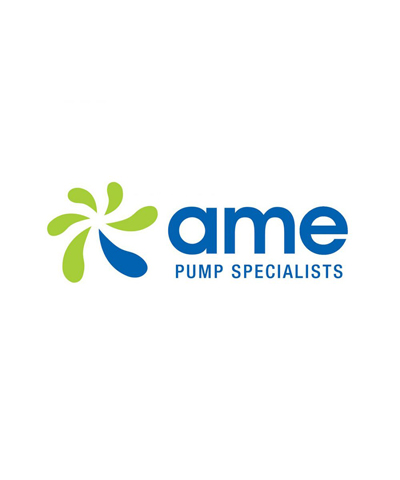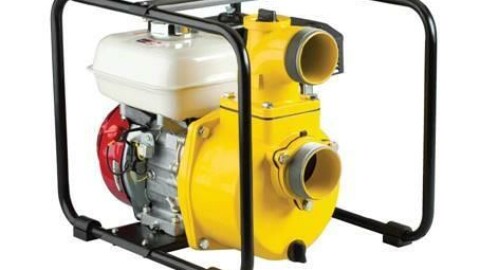Residents in remote outback town, Oodnadatta in South Australia now have access to clean drinking water after SA Water implemented a newly constructed desalination plant.
The new small-scale reverse osmosis plant, stationed on Kurka Drive, can produce up to 210,000L of safe and clean drinking water each day for residents.
SA Water General Manager for Sustainable Infrastructure, Amanda Lewry, said that the new desalination plant marks an important milestone for the outback town.
“This project will make such a difference to the daily lives of our customers in Oodnadatta, and to see a new supply of drinking water now flowing to their taps in a significant milestone,” Ms Lewry said.
“The plant itself was assembled inside of a protective container in metropolitan Adelaide, before making the 1000-plus kilometre journey to Oodnadatta via truck for final installation.
“Sourcing water from the Great Artesian Basin, the plant uses reverse osmosis to treat and remove salt and other impurities commonly found in the state’s groundwater supplies, before the end product is piped to local customers for use in their kitchens, bathrooms, laundries and gardens.”
SA Water’s previous network throughout Oodnadatta had been designated as a non-drinking supply with residents having to source their drinking water from private rainwater tanks, water carting, bottled products and localised desalination units.
“We are proud to have worked closely with the Oodnadatta community on delivering their new tap water, and the benefits it will bring,” Ms Lewry said.
“Travellers visiting the outback town will also be able to top-up their reusable drinking bottles thanks to the town’s new smart drinking water fountain, designed with a solar-powered chilling system to keep the water cool throughout the hot summer months.”
Progress is also being made on the delivery of desalination facilities in the remote townships of Marla and Marree, to be delivered over the course of the 2020-24 regulatory period.
Featured image: The containerised facility can produce up to 210000 litres of clean and safe drinking water. Image courtesy of SA Water




















